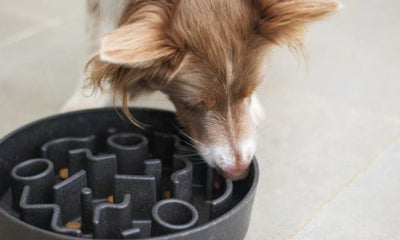Turtles are fascinating animals, and keeping a turtle as a pet can be a wonderful experience. They have unique personalities and can provide years of enjoyment for the whole family. While turtles are a high maintenance pet, they have been known to thrive in captivity when cared for correctly.
Licensing
In Australia, turtles are a protected species, so a licence is required to own one as a pet. In New South Wales, you must obtain one from the Office of Environment and Heritage. You can visit their website for more information regarding licence types, species allowed to be kept and licence fees.
Tank
Your turtle should be kept in a glass tank with a mesh or wire lid. An adult turtle requires a tank of at least 120cm x 60cm x 60cm. It should have two sections, one filled halfway with water, and one dry docking area with a ramp for the turtle to walk up. It is important to note that turtles should be housed on their own and having more than one turtle in the tank may lead to aggression.
Food
Turtles thrive on a varied diet of live food such as crickets, woodies or feeder fish, pellet food such as Reptile One Turtle Sticks, frozen bloodworms and fresh fruit and vegetables. It is important to note that long-necked turtles are primarily carnivorous, whilst short-necked turtles are omnivores. Live aquatic plants and leafy greens can also be offered to short-necked turtles. Adult turtles should be fed 2-3 times per week, while hatchling and juvenile turtles should be fed daily. It is important to remember not to overfeed your turtle, and to remove any uneaten food from the tank to help keep it clean.
Water
The water in your turtle tank should be regulated with a good quality thermostat as well as an incandescent or halogen globe for the basking spot. Providing your turtle with adequate heating is essential for their health and wellbeing. The ideal water temperature varies between species, but is generally between 22 and 26 degrees celsius. You should also have a good quality filter to ensure the water is kept fresh and clean at all times, as well as conducting regular water changes to prevent algae build up. In addition to changing the water, it is essential to conduct regular water tests to ensure that the water parameters are kept at the correct level.
Lighting
Ultraviolet light (UV) is necessary for shell hardening and bone formation and plays an important role in a turtle’s growth and development. You should use a 10.0 or stronger UVB tube to provide artificial UV lighting in the enclosure. They should also have access to unfiltered, natural light once or twice a week. Turtles require a ‘day and night cycle’ for optimal functioning, with heat and UV running approximately 10-12 hours per day.
In the tank
You may use a substrate such as gravel or sand in your turtle tank. This should be cleaned each time you do a water change. You may also like to decorate the tank with ornaments such as driftwood, wood and rocks. Suitable water plants are a great idea as they not only make a great decoration, but can also be a food source.
There are many things to consider before acquiring a pet turtle. We highly recommend thoroughly considering your ability to manage their environment and afford their ongoing costs before making your decision. Turtles can be lifelong pets, therefore you should be ready to commit to providing optimal care for many years ahead. All information in our care guides are based upon our own experience, and in any medical situations, you should always consult your vet.






